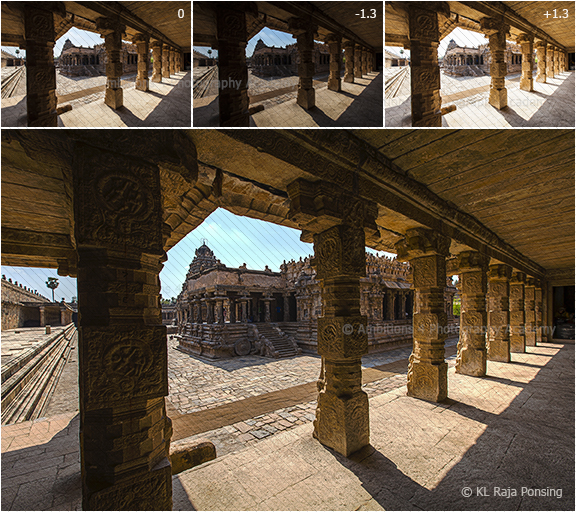The feel of depth can be understood as the feel of walking through the photo. A photo is two-dimensional and the feel of three dimension is all about the feel of depth in it. An illusion of the third dimension is tried in all the photos to give the feel of reality. It is the added perspective mainly from the point of view. Our eyes can see in three dimension as the scene in front of us is not flat. The feel of variable distance of different objects in the frame is known as the feel of depth.
To establish the depth, the photo must contain multiple planes or layers in it. May be foreground middle ground and a background.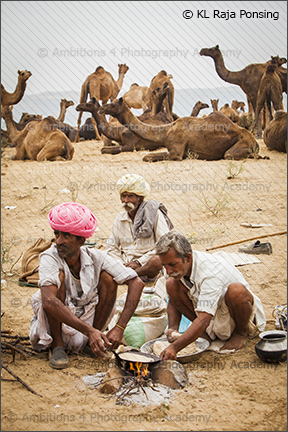
The following tips may give us a feel depth in our photos
- Use wide-angle lenses for a greater feel of variation of the object sizes in the frame and the feel of distance in it.
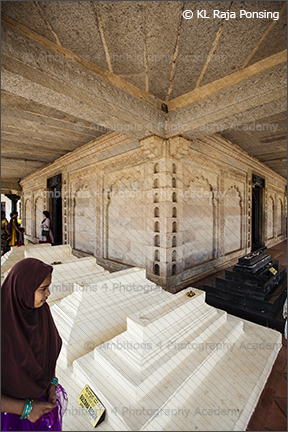
- Avoid using very long focal length lenses as they compress the scene and make it look very flat without depth.
- Lookout for multiple planes or layers as seen from the point of view. Every distinct planes will give an additional feel of depth in the photo.
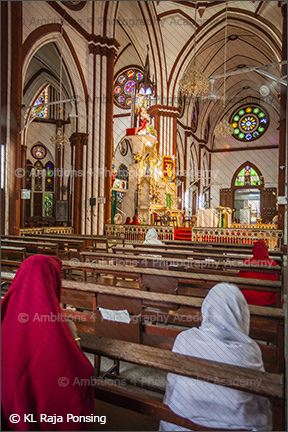
- Include or add a foreground element in the scene to get a comparative distance from the main subject
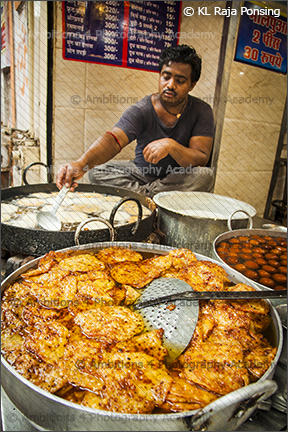
- Lookout for visually identifiable real or imaginary lines or curves running from the corner of the frame diagonally across. This will give an illusion of depth and distance.
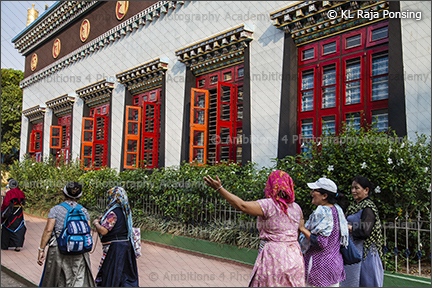
- Avoid flat front lighting and use sidelight with good shadows to define the planes and distance.
- Shoot from a diagonal angle to give the feel of diminishing perspective. This will give a feel of depth to the scene.

- Include repetitive and overlapping patterns to add the feel of depth
- Use shallow depth of field while shooting portraits and people shots. The out of focus background will give the feel of extra distance from the main subject.
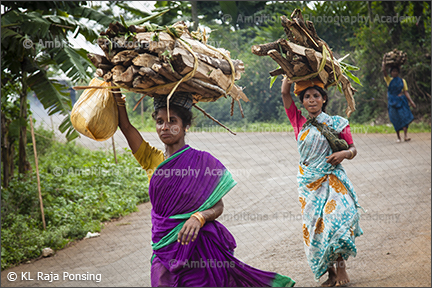
If you found this article useful, please check our Diploma in Professional Photography course , where we explore all the professional aspects of photography in detail. It is an intensive 6 months fulltime course
